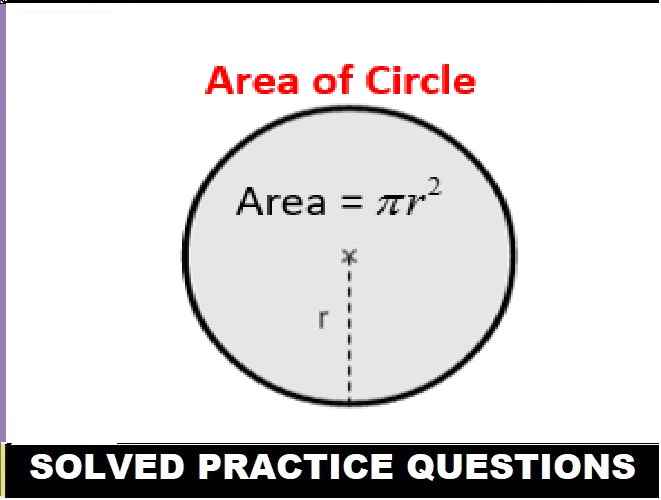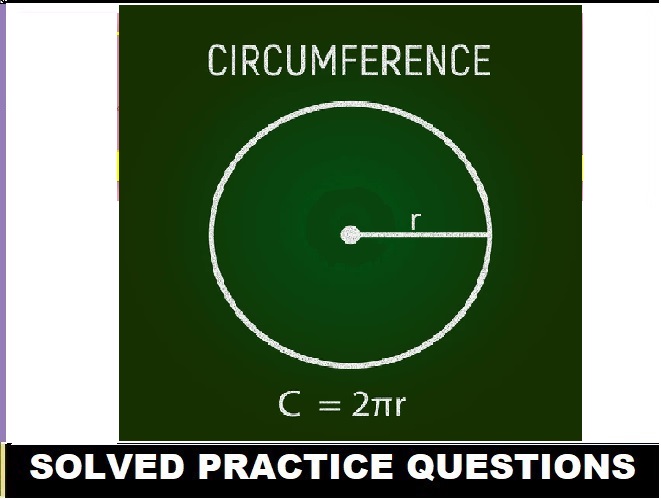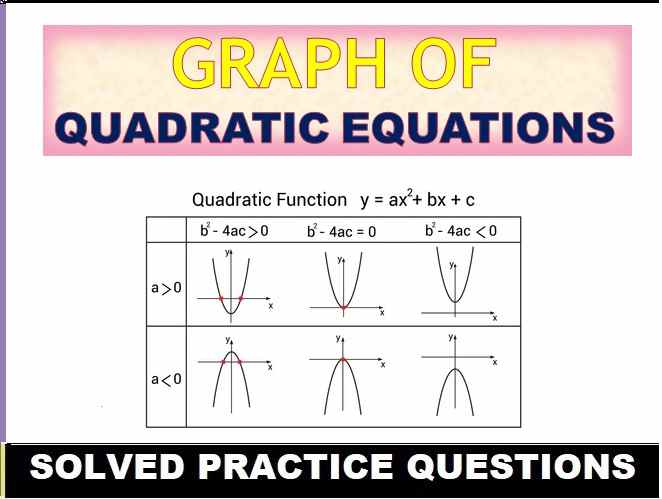ML Aggarwal Decimals Exe-7.1 Class 6 ICSE Maths Solutions. We Provide Step by Step Answer of Exe-7.1 Questions for Decimals as council prescribe guideline for upcoming board exam. Visit official Website CISCE for detail information about ICSE Board Class-6.
ML Aggarwal Decimals Exe-7.1 Class 6 ICSE Maths Solutions
| Board | ICSE |
| Publications | Avichal Publishig Company (APC) |
| Subject | Maths |
| Class | 6th |
| Chapter-7 | Decimals |
| Writer | ML Aggarwal |
| Book Name | Understanding |
| Topics | Solution of Exe-7.1 Questions |
| Edition | 2023-2024 |
Decimals Exe-7.1
ML Aggarwal Class 6 ICSE Maths Solutions
Page-136
Question 1. Write each of the following decimal numbers in words:
(i) 30.5
(ii) 0.03
(iii) 108.56
(iv) 47.20
(v) 5.008
(vi) 26.039
Answer:
Given decimal can be written in the word form as,
(i) 30.5 = Thirty point five
(ii) 0.03 = zero point zero three
(iii) 108.56 = One hundred eight point five six
(iv) 47.20 = Forty-seven point two zero.
(v) 5.008 = Five point zero zero eight
(vi) 26.039 = Twenty-six point zero three nine
Question 2. Write each of the following decimal numbers in the place value table :
(i) 4.2
(ii) 0.3
(iii) 205.9
(iv) 0.29
(v) 2.08
(vi) 7200.812
(vii) 38.007
Answer:
| Places | Thousands | Hundreds | Tens | One | Tenths | Hundredths | Thousandths |
| Values | 1000 | 100 | 10 | 1 | 1/10 | 1/100 | 1/1000 |
| (i) 4.2 | 4 | 2 | |||||
| (ii) 0.3 | 0 | 3 | |||||
| (iii) 205.9 | 2 | 0 | 5 | 9 | |||
| (iv) 0.29 | 0 | 2 | 9 | ||||
| (v) 2.08 | 2 | 0 | 8 | ||||
| (vi) 7200.812 | 7 | 2 | 0 | 0 | 8 | 1 | 2 |
| (vii) 38.007 | 3 | 8 | 0 | 0 | 7 |
Question 3. Write the following decimal numbers in the expanded form :
(i) 123.7
(ii) 43.06
(iii) 509.306
Answer:
(i) 123.7 = 100 + 20 + 3 + 7/10
(ii) 43.06 = 40 + 3 + 6/100
(iii) 509.306 = 500 + 9 + 3/10 + 6/1000
Question 4. Write each of the following as a decimal number :
(i) 200 + 60 + 5 + 3/10
(ii) 50 + 1/10 + 6/100
(iii) 70 + 6 + 7/10 + 9/1000
(iv) 600 + 7 + 3/100 + 6/1000
Answer:
(i) 200 + 60 + 5 + 3/10
The above question can be written in decimal form as = 265.3
(ii) 50 + 1/10 + 6/100
The above question can be written in decimal form as = 50.16
(iii) 70 + 6 + 7/10 + 9/1000
The above question can be written in decimal form as = 76.709
(iv) 600 + 7 + 3/100 + 6/1000
The above question can be written in decimal form as = 607.036
Question 5. Write each of the following as decimals:
(i) Two ones and five tenths
(ii) Two tens and nine tenths
(iii) Six hundred point eight
(iv) Two hundred five anf five hundredths
(v) Seven and fifteen thousandths
Answer:
(i) Two ones and five-tenths
The above questions can be written as,
= (2 × 1) + (5 × (1/10))
= 2 + 5/10
= 2 + 0.5
= 2.5
(ii) Two tens and nine-tenths
The above questions can be written as,
= (2 × 10) + (9 × (1/10))
= 20 + 9/10
= 20 + 0.9
= 20.9
(iii) Six hundred point eight
The above questions can be written as,
= 600.8
(iv) Two hundred five and five hundredths
The above questions can be written as,
= (205) + (5 × (1/100))
= 205 + 5/100
= 205 + 0.05
= 205.05
(v) Seven and fifteen thousandths
The above questions can be written as,
= (7 × 1) + (15 × (1/1000))
= 7 + 15/1000
= 7 + 0.015
= 7.015
Question 6. Write the number given in the following place value table in decimal form:
| Thousands | Hundreds | Tens | One | Tenths | Hundredths | Thousandths | |
| 1000 | 100 | 10 | 1 | 1/10 | 1/100 | 1/1000 | |
| (i) | 7 | 1 | 0 | 2 | 3 | 0 | 6 |
| (ii) | 2 | 1 | 1 | 9 | 0 | 2 | |
| (iii) | 3 | 0 | 5 | 3 | 0 | 1 | 5 |
| (iv) | 7 | 0 | 0 | 3 | |||
| (v) | 5 | 4 | 0 | ||||
| (vi) | 7 | 1 | 9 | 0 | 2 | 8 |
Answer:
(i) 7102.306
(ii) 211.902
(iii) 3053.015
(iv) 70.03
(v) 5.40
(vi) 719.028
Decimals Exe-7.1
ML Aggarwal Class 6 ICSE Maths Solutions
Page-137
Question 7. Show the following decimal numbers on the number line:
(i) 0.4
(ii) 1.9
(iii) 1.1
(iv) 2.5
Answer:
![]()
Question 8. Write the decimal numbers represented by the points A, B, C and D on the given number line:
![]()
Answer:
A = 0.8
B = 1.3
C = 2.2
D = 2.9
Question 9. Between which two numbers in tenths place on the number line does each of the given number lie?
(i) 0.06
(ii) 0.45
(iii) 0.66
(iv) 0.92
Answer:
(i) 0 and 0.1
(ii) 0.4 and 0.5
(iii) 0.6 and 0.7
(iv) 0.9 and 1.0
— : End of ML Aggarwal Decimals Exe-7.1 Class 6 ICSE Maths Solutions :–
Return to – ML Aggarwal Maths Solutions for ICSE Class -6
Thanks


